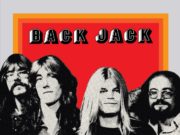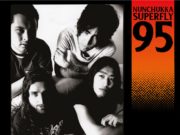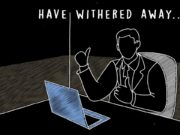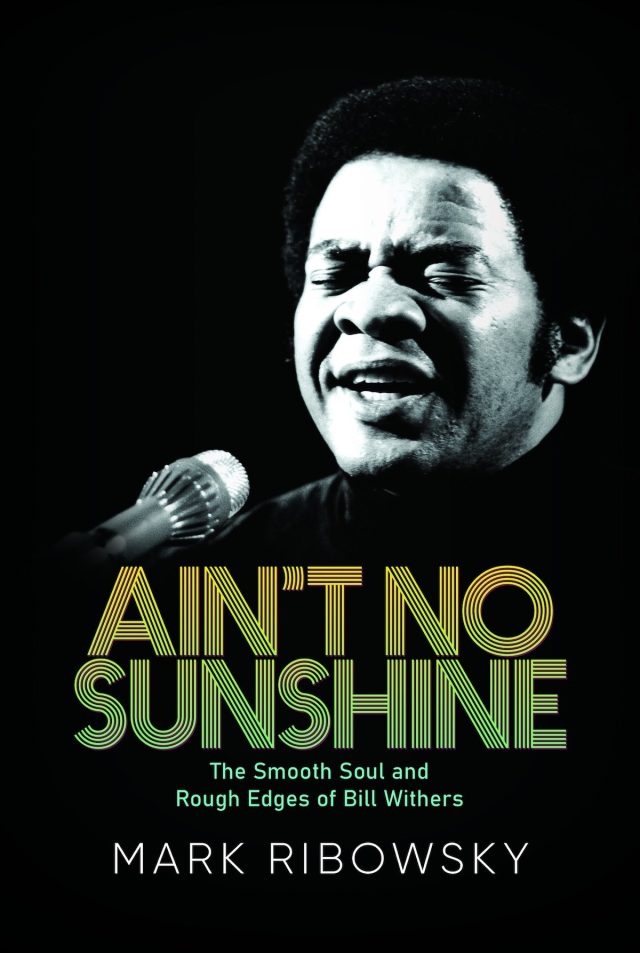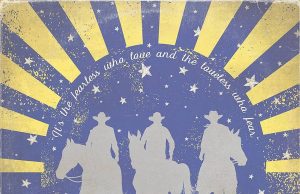Songwriters and soul men, Hound Dog and hip-hop, Fab fashions and frontmen — that’s all she wrote for next week. Read all about ’em:
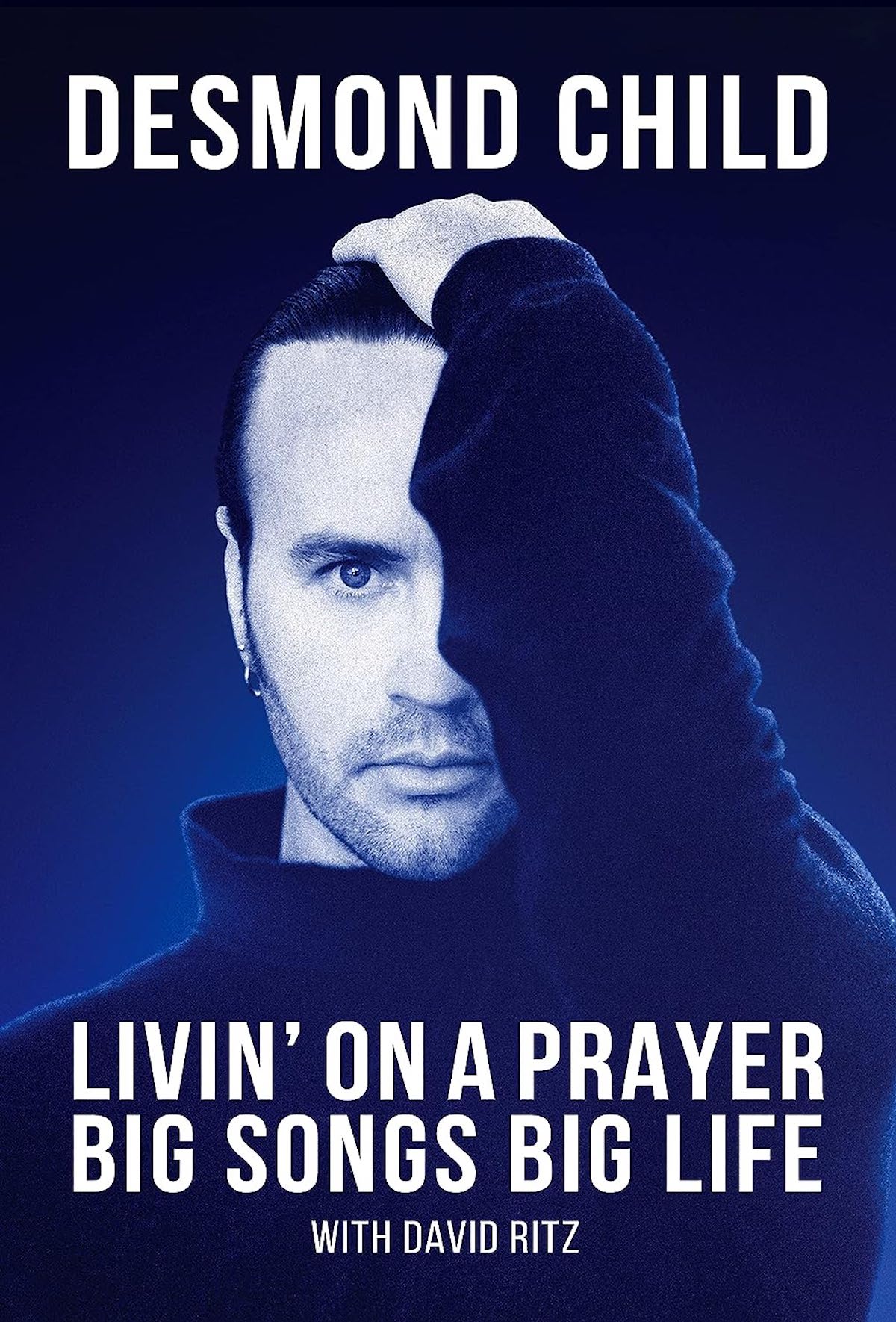 Livin’ On A Prayer: Big Songs Big Life
Livin’ On A Prayer: Big Songs Big Life
By Desmond Child & David Ritz
THE EDITED PRESS RELEASE: “Desmond Child is the ultimate hitmaker, contributing to some of the biggest smash global hits that helped ignite the success of KISS, Bon Jovi, Aerosmith, Alice Cooper, Ricky Martin, Katy Perry and countless others. In Livin’ On A Prayer, he reveals how he climbed his way to the top and beyond amid extraordinary circumstances and shares his very personal and unbelievable journey that shaped him into an artist of international renown. For over half a century, Desmond Child has collaborated with the world’s most celebrated artists creating timeless hits, such as Bon Jovi’s Livin’ On A Prayer and You Give Love A Bad Name, as well as Ricky Martin’s Livin’ La Vida Loca and The Cup Of Life amongst his vast catalog. But in Livin’ On A Prayer, Desmond himself takes center stage to share his transformational story from misfit outsider to cultural pacesetter. In collaboration with legendary music biographer David Ritz, Child recounts his unconventional upbringing as his colorful family fled Cuba in the 1960s and fell into poverty. He details his shocking discovery at age 18 that the man he called “dad” was not his biological father after all, and he courageously bares his soul about navigating the trials of being a Latino gay man in the macho world of rock and roll. His is a story of willing himself to succeed and overcome impossible odds to establish himself as one of the most influential composers and lyricists of all time.”
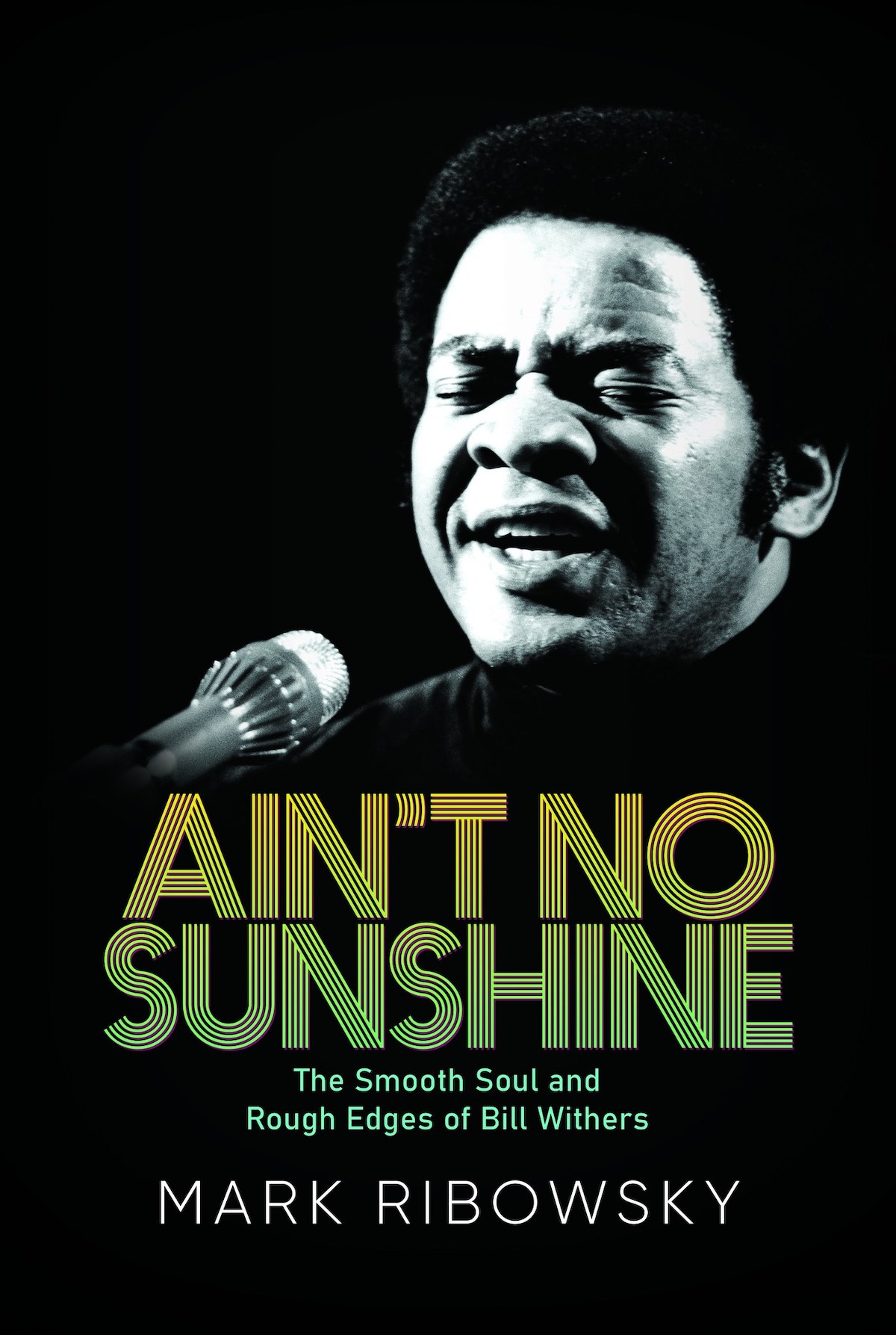 Ain’t No Sunshine: The Smooth Soul and Rough Edges of Bill Withers
Ain’t No Sunshine: The Smooth Soul and Rough Edges of Bill Withers
By Mark Ribowsky
THE EDITED PRESS RELEASE: “Bill Withers entered the music fray as hardly an afterthought, rewrote the rules for a decade, earned a fortune, then, unable to square himself with the requisites of the music business, took his leave. When he died in 2019 at eighty-one, he was every bit the mystery he was when he started. Born and raised in Slab Fork, West Virginia — his father a coal miner, his childhood spent in a pit of racism, and a shy kid who was asthmatic and stuttered — Withers had every reason to say, “People ask what are the blues. Hell, I was the blues!” His adulthood was spent running away from Slab Fork as a navy enlistee who worked military-related jobs, including making toilets for 747s. Music was a fantasy, ruled by unscrupulous brokers whom he thought he would never be able to live easily with. When he sang of calling on a “lonely brother” in Lean On Me, his biggest hit and an astounding feast for the ears, few knew that he was singing about himself. He was the lonely brother, and the business whose audio rules he refashioned only made him lonelier. His songs were not riling, but easing and caressing the deepest of emotional clefts that bore the weight of the world and the reassurance of a better day on his shoulders — Ain’t No Sunshine, Lean On Me, Use Me, Lovely Day, Just The Two Of Us — as well as album cuts that leaped off the vinyl and helped form a coterie of evergreens among his fans. Yet he ruled in his precious fold of time — eight years in the sun — without an agent, manager, lawyer, accountant, valet, or flunky. He was on his own in every way. This is the craziest success story music has known — a whirlwind that didn’t begin until Withers was in his 30s and carried on as if in neat slow-motion. Now, in this remarkable biography by acclaimed author Mark Ribowsky, Withers is brought to life in vivid detail, told with insights from those who knew him throughout his short but incredibly impactful career.”
 Steve Walsh: When They Call Out Your Name
Steve Walsh: When They Call Out Your Name
By Laurie Larson
THE EDITED PRESS RELEASE: “Steve Walsh’s distinguished place in the music world runs the gamut from being a familiar, friendly voice on commercial radio for decades — to forging into new progressive territory. His distinguished vocals on Kansas classics like Carry On Wayward Son and Dust In The Wind have been woven into the soundtrack of now three generations — over 30 million fans — all the while impressing new fans worldwide. Add a charismatic stage presence and keyboard wizardry into the mix, and it is easy to see why Steve is so respected by fans and peers. And why rock icons like Steve Hackett of Genesis and Steve Morse of Dixie Dregs (who would later join Kansas and Deep Purple) asked Steve to play on their albums, as well as a host of other current and legendary progressive performers seeking his expertise. His songwriting has been a step ahead from the beginning, and helped propel Kansas onto the Billboard charts with tunes like Point of Know Return (No. 28) and All I Wanted (No. 19). He also drove the band he formed, Streets, into the Top 10 with If Love Should Go. The book is a timeline through his career and includes stories from his fans, peers and Steve himself.”
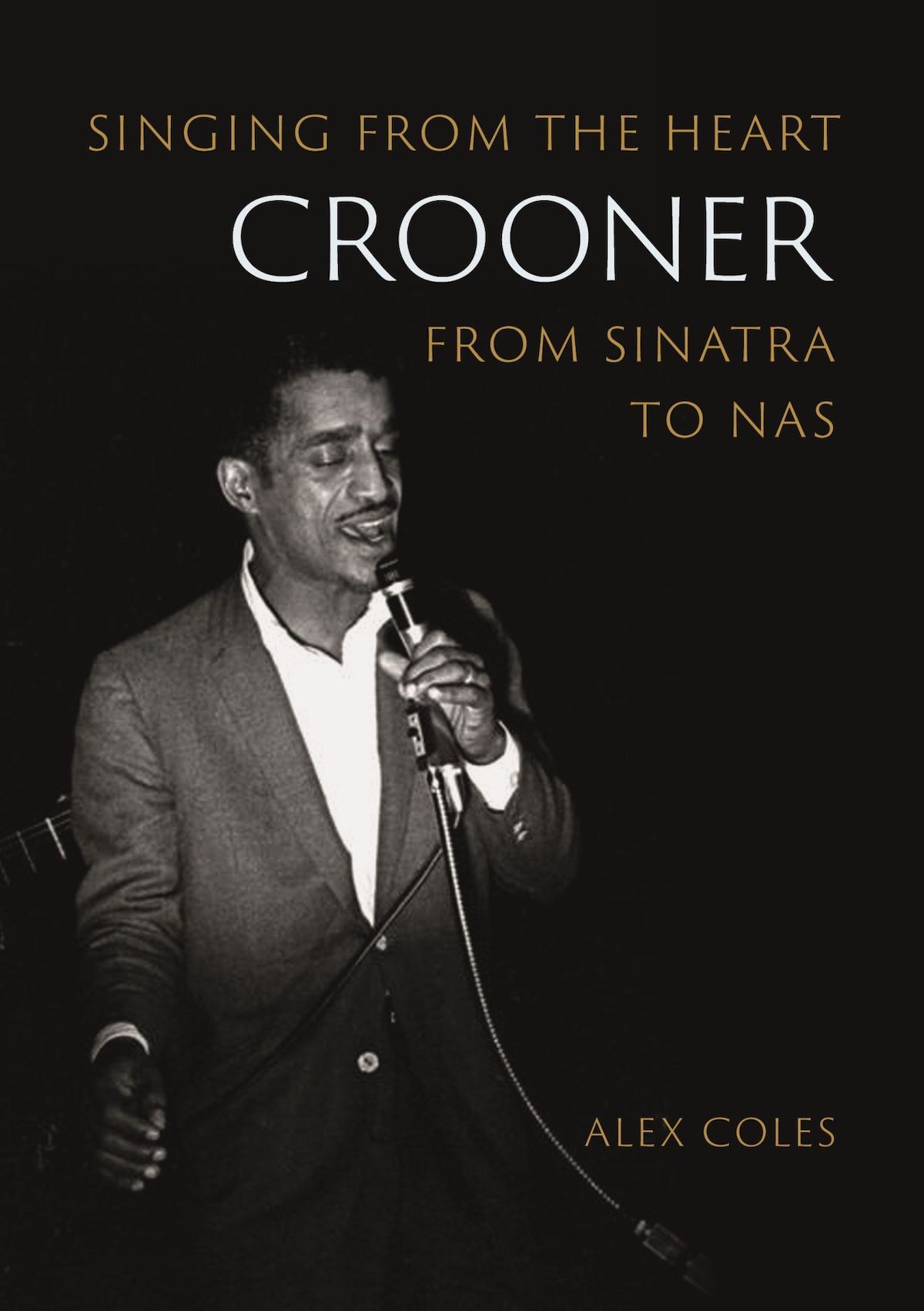 Crooner: Singing from the Heart from Sinatra to Nas
Crooner: Singing from the Heart from Sinatra to Nas
By Alex Coles
THE EDITED PRESS RELEASE: “In this book, Alex Coles explores the history of the crooner — someone who sings close to the mic in a soft style — in popular music from the 1950s to the present. Each chapter focuses on how one song by one artist contributes to the image of the crooner in the popular imagination. The book describes the rich diversity of crooners throughout music history, including artists in disco, rock, hip-hop, and more such as Frank Sinatra, Scott Walker, Barry White, David Bowie, Bryan Ferry, Tom Waits, Grace Jones, Ian McCulloch, Nick Cave and Nas. Ultimately, Coles shows how the crooner continues to connect listeners with their hidden feelings.”
 Hound Dog
Hound Dog
By Eric Weisbard
THE EDITED PRESS RELEASE: “Many listeners first heard Hound Dog when Elvis Presley’s single topped the pop, country, and R&B charts in 1956. But some fans already knew the song from Willie Mae (aka Big Mama) Thornton‘s earlier recording, a giant but exclusively R&B hit. In Hound Dog, Eric Weisbard examines the racial, commercial, and cultural ramifications of Elvis’s appropriation of a Black woman’s anthem. He rethinks the history and influences of rock music in light of Rolling Stone’s replacement of Presley’s Hound Dog with Thornton’s version in its 2021 500 Greatest Songs of All Time list. Taking readers from Presley and Thornton to Patti Page’s Doggie in the Window, The Stooges’ I Wanna Be Your Dog and other dog ditties, Weisbard uses Hound Dog to reflect on one of rock’s fundamental dilemmas: The whiteness of the wail.”
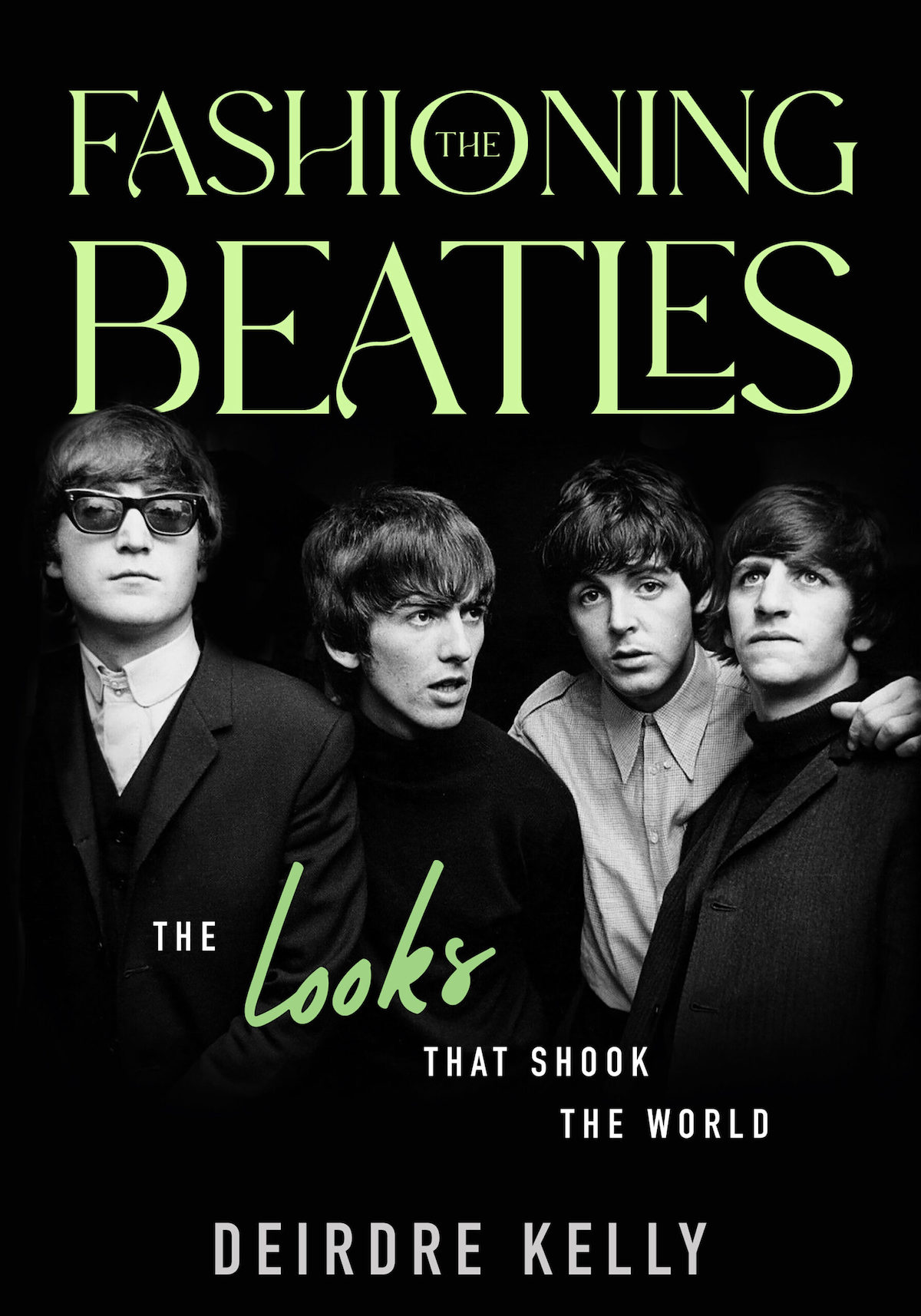 Fashioning The Beatles: The Looks that Shook the World
Fashioning The Beatles: The Looks that Shook the World
By Deirdre Kelly
THE EDITED PRESS RELEASE: “John, Paul, George, and Ringo were more than great musicians: They were the quintessential fashion icons of one of the most exciting and memorable fashion eras of all time. From their starts in black leather through Sgt. Pepper to Nehru collars and psychedelia, The Beatles used clothing to express their individual and group identities and, especially, to grow their following. They did it without benefit of stylists or consultants, making their own rules and changing their looks as many as five times a year to keep a few steps ahead of the crowd in the tumultuous, fashion-obsessed sixties. More than 50 years after their breakup, their style continues to animate the collections of some of the world’s leading designers, including Thom Browne, John Varvatos, Anna Sui, Tom Ford, Gucci’s Alessandro Michele and even Stella McCartney. Fashioning The Beatles, the first in-depth look at their sartorial legacy, demonstrates that their inimitable style was not an incidental by-product of their fame but an integral part of their act and a key to their globe-spanning success.”
 Egyptian Hip-Hop: Expressions From The Underground
Egyptian Hip-Hop: Expressions From The Underground
By Ellen R. Weis
THE EDITED PRESS RELEASE: “This ethnographic study of the Egyptian underground hip-hop scene examines the artists who collectively molded the scene and analyzes their practices and explores how these artists have interacted with and responded to political and social upheaval and change. It reveals how rappers approached and reformulated the genre in times of revolution and stasis to reveal how rap acts as a multi-layered form of expression. More specifically, it examines the location of the art form within the broader history of oppositional cultural expression in Egypt, outlining the artists’ oppositions to various hegemonic structures and critically deconstructing them to reveal that they often reflect dominant ideology.”


